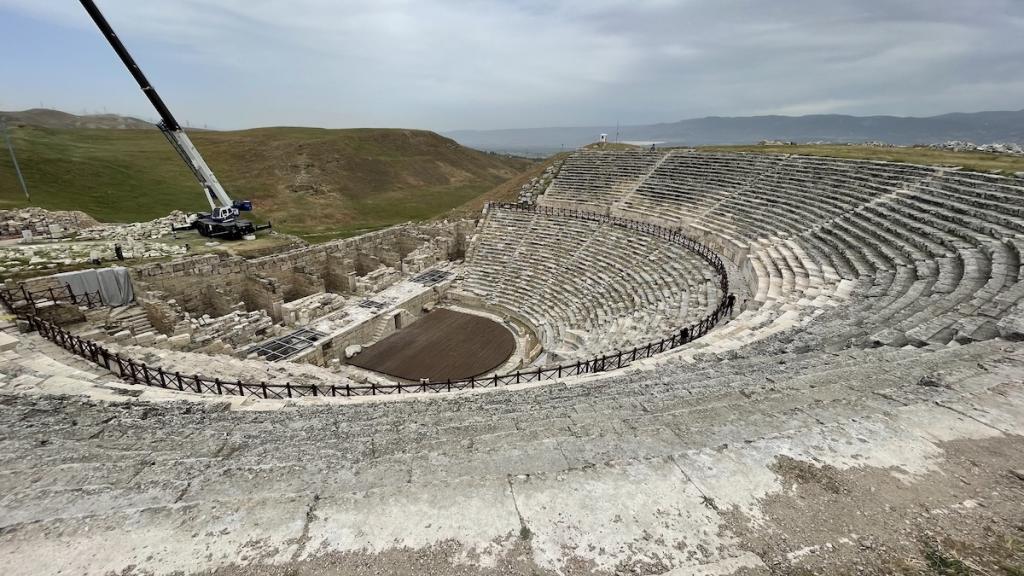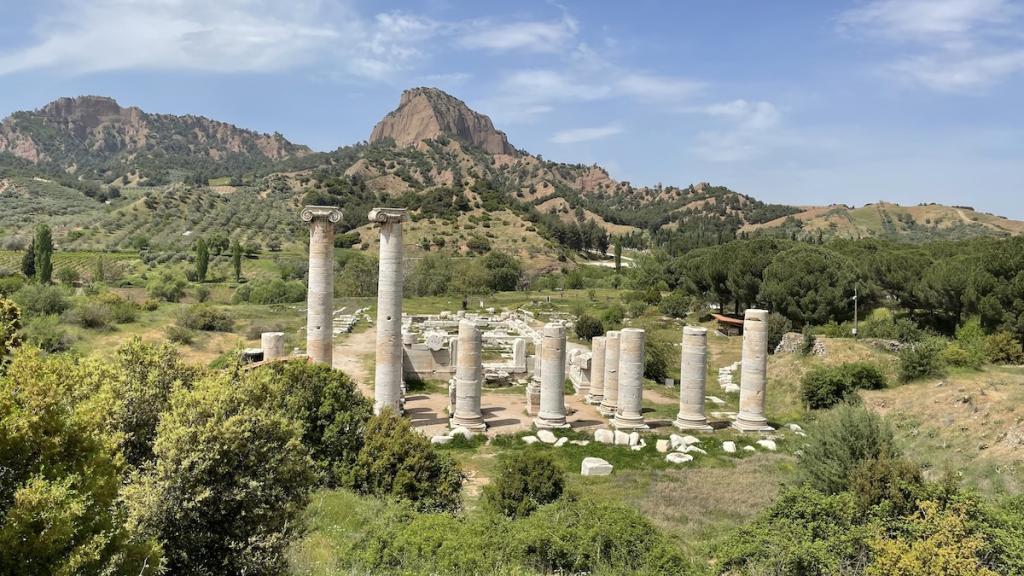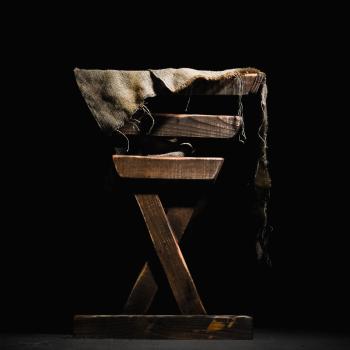
The intersection of missiology, ecclesiology, and archaeology holds the potential for a promising field of study in the areas of material culture, history, and faith. Such an intersection offers insights into the relationship between architecture, ritual development, missions, biblical studies, and indigenous civilizations. This intersection not only bridges disciplines, but also unveils a treasure trove of knowledge that enriches our understanding of culture, religious practices, and the human experience (Graham 1997; Ross 2018).
At its core, the relationship between missiology, ecclesiology, and archaeology serves to unearth the material context in which missions unfolded. Archaeological excavations uncover artifacts, monuments, and inscriptions that provide tangible links to the past as they illuminate the societal, cultural, and religious landscapes in which Christian missions progressed (King and McGranaghan 2018). This historical and material context is essential for comprehending the challenges and transformations that shaped the course of Christian engagement with diverse civilizations. In relationship to ancient archaeology, the study of missiology and ecclesiology enhance our ability to interpret the biblical texts and historical narratives related to the growth of Christianity in its early centuries. The collaboration fosters a more comprehensive story of Christianity’s adaptation to various cultural realities.
To the Practical
Beyond the academic inquiry, the interaction between missiology, ecclesiology, and archaeology holds practical implications for contemporary mission work. Insights gleaned from past missions inform strategic approaches, cultural sensitivity, and contextual engagement in contemporary contexts. By learning from the successes and challenges of early missionaries, contemporary practitioners can navigate complex cultural landscapes with greater wisdom, empathy, and effectiveness. In essence, the intersection of missiology, ecclesiology, and archaeology opens doors to a holistic exploration of history, faith, and culture. It invites us to embark on a journey of discovery, learning, and dialogue that transcends disciplinary boundaries, deepening our appreciation for the rich tapestry of ancient human experience woven through the ages as it challenges us to answer the question of why it is important for today.
This article delves into the fascinating interdisciplinary intersection by considering the archaeological excavations of Laodicea and their implication for our understanding of the early mission and church in the Lycus Valley. Laodicea, an ancient city in Asia Minor, presents a rich mosaic of cultural, religious, and archaeological significance, offering a unique lens through which to understand early Christian missions and its impact on a community. The article seeks to unravel the layers of history and faith intertwined in Laodicea’s material past, exploring how archaeological discoveries shed light on the ecclesiological formation and contextual challenges faced by early Christian communities.
To be continued . . .
Learning from Laodicea
By digging into the excavations and discoveries at Laodicea, we uncover not just the physical remnants of an ancient civilization, but also the spiritual and cultural dynamics that shaped the region. From ancient graffito and spolia to architectural marvels, artifacts, and structures unearthed in Laodicea tell stories of religious zeal, community resilience, and the evolving nature of ekklēsia. Through this exploration, we aim to bridge the gap between missiological theory and archaeological evidence, offering insights into how past missions navigated cultural contexts and contributed to the spread of Christianity in the Lycus Valley. Ultimately, we want to know how archaeological exploration might inform our contemporary missiological and ecclesiological practices so we conclude with some observations for application. First, we turn to the background of this ancient community.
Join Us on an Immersive Experience

A research trip to the Seven Churches of Asia Minor
The research trip offers a captivating journey into the rich historical and cultural heritage of a region deeply intertwined with the New Testament and ancient civilizations. Participants embark on a immersive exploration of archaeological sites, ancient cities, and religious artifacts, gaining valuable insights into the historical context of the New Testament mission, the adaptive nature of the early church, and the dedication of early Christ-followers.
In a learning community, you will situate first, second, and third century missions in their cultural milieu while discovering the early church’s Christological commitment to live as Jesus’ body, dedicated to more and more people worshiping Him. Then, you’ll engage with a learning community to think, innovate, and create ideas about what it all means for today.










